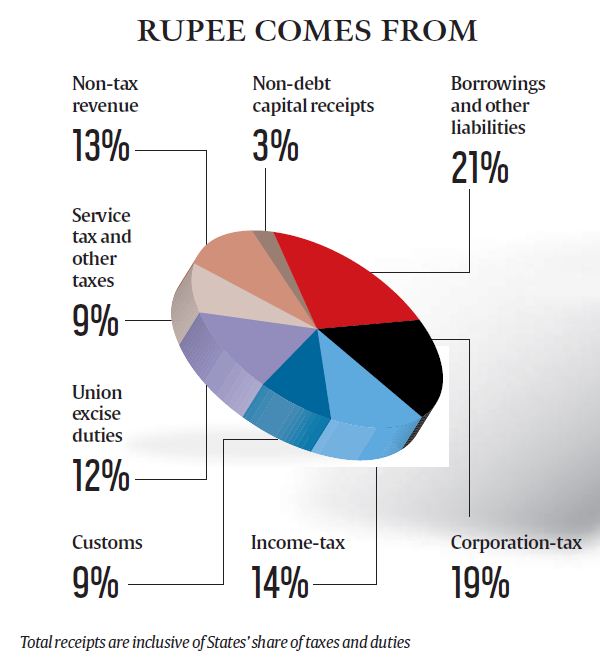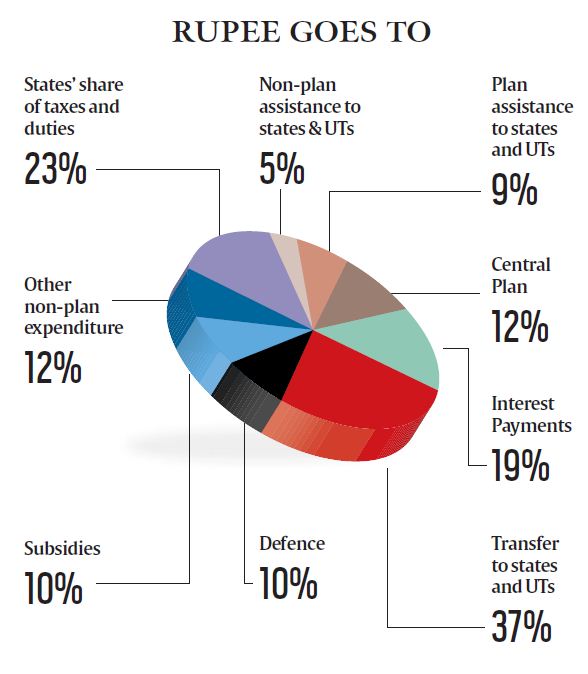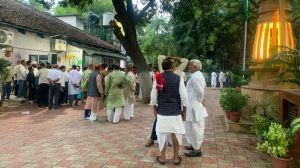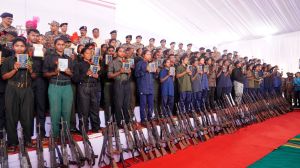Apart from LTIF catering to major/medium projects, the Budget has also increased allocation to the Pradhan Mantri Krishi Sinchai Yojana, which focuses mainly on micro-irrigation and boosting water-use efficiency at farm level, from Rs 5,300 crore to Rs 5,840 crore.
The other big focus in the Budget is rural roads under the Pradhan Mantri Gram Sadak Yojana (PMGSY). This programme was introduced during the tenure of the NDA government under Atal Bihari Vajpayee for providing all-weather road connectivity to all rural habitations with a minimum population of 500 in the plains and 250-plus in hill states, tribal districts and desert areas. Although road construction hit a peak of 60,117 km in 2009-10 under the UPA, PMGSY suffered huge cutbacks towards 2012-13 and 2013-14, with allocations of only Rs 8,885 crore and Rs 9,805 crore respectively and a mere 24,000-25,000 km getting built annually.

The 2016-17 Budget has provided Rs 19,000 crore for PMGSY, which is above the revised estimate of Rs 18,291 crore for this fiscal. “We have managed to revive the programme. This year, we will build 37,000 km of rural roads and our target for 2016-17 is 45,000 km. Since states will also be pitching in their 40 per cent share, the total spending under PMGSY will cross Rs 27,300 crore this year,” a Rural Development Ministry official told The Indian Express.
Story continues below this ad
When it was launched, there were 1.78 lakh habitations meeting the eligibility criteria laid down in PMGSY. Of these, 1.15 lakh habitations already have connectivity. Jaitley said the target for covering the remaining unconnected habitations has been advanced from 2021 to 2019.
The third major pro-rural initiative is the Pradhan Mantri Fasal Bima Yojana (PMFBY), for which the Budget has allocated Rs 5,500 crore, more than the Rs 2,954.65-crore under all existing crop insurance schemes in 2015-16. Modi has made PMFBY — which enables farmers to insure their crops at low premiums of 1.5 to 5 per cent, with policy claims covering the full value of produce linked to minimum support prices and average threshold yields — one of the government’s flagship schemes. It was also a major theme of his recent Kisan Swabhiman rallies.
The Budget has also enhanced the provision for interest subsidy on short-term crop credit to farmers to Rs 15,000 crore, from the Rs 13,000 crore in 2015-16 and Rs 6,000 crore the year before.

On the other hand, the Budget has slashed allocations for some of UPA’s agriculture-related schemes. The most prominent among them is the Rashtriya Krishi Vikas Yojana, which had received Rs 8,443.21 crore of budget support in 2014-15. This year’s revised estimates show the allocation for the programme — seen by many as having incentivised states to step up public investment in agriculture — at a mere Rs 3,897 crore. For 2016-17, too, the budgeted provision is only Rs 5,397 crore.
Story continues below this ad
The budget support for MGNREGA, though, has been increased somewhat to Rs 38,500 crore, from Rs 35,766.75 crore in the revised estimates for 2015-16. Even the latter figure is, in fact, higher than the Rs 33,713 crore that was originally provided. It only points to the political sensitivities attached to the programme, which Modi himself had last year dubbed as a “living monument of your (Congress’s) failure to tackle poverty in 60 years”.
The government has also built on the UPA’s other big idea — Aadhaar, with Jaitley stating in the Budget that within two days it would get statutory backing. Aadhaar, backed by law, will facilitate direct benefit transfer of all subsidies.
To fund the increased allocations to ‘Bharat’, Jaitley’s budget has imposed a Krishi Kalyan cess of 0.5 per cent on all taxable services, proceeds from which “would be exclusively used for financing initiatives relating to improvement of agriculture and welfare of farmers”.
The fact that this has been done, even while urban middle class tax payers have received no relief at all, shows the Modi government’s efforts at image makeover to signal a new distinct pro-rural turn.

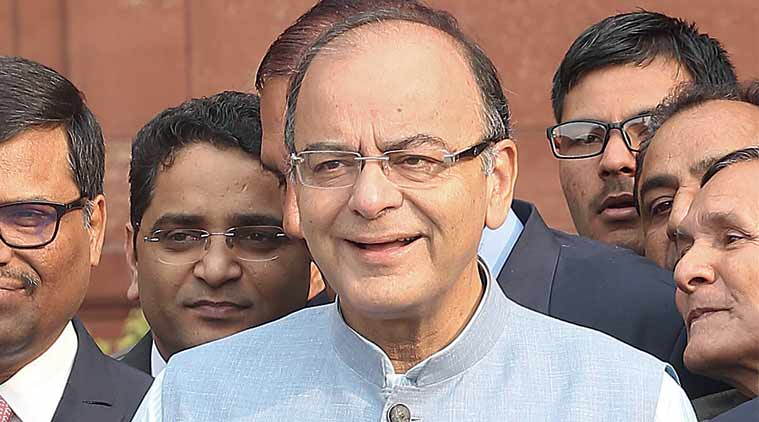 Jaitley before presenting the Budget, Monday. (Express Photo: Amit Mehra)
Jaitley before presenting the Budget, Monday. (Express Photo: Amit Mehra)
